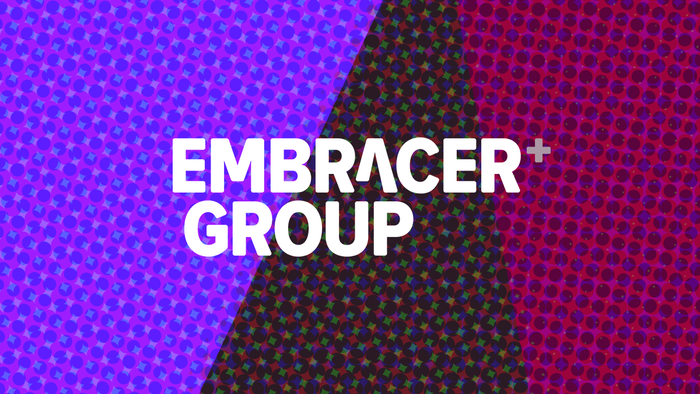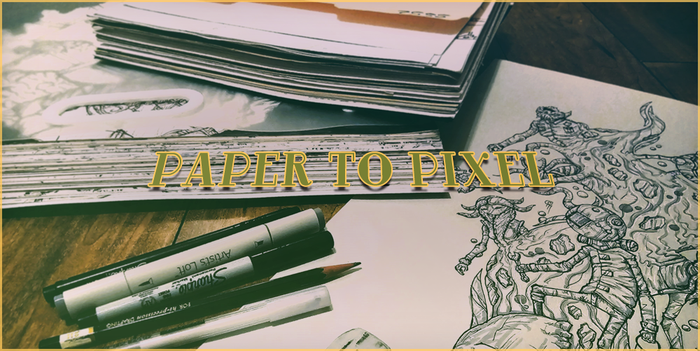Alyce Myatt, director for Media Arts at the National Endowment for the Arts, explains what she looks for in video game applicants, and why only one game received a grant in the last round.

Alyce Myatt is director for Media Arts at the National Endowment for the Arts (not to be confused with the National Endowment for the Humanities, which we covered here). Part of her job is to head up NEA's grantmaking in a variety of media arts, including video games. But for a game developer to land public art funding from the NEA is difficult. Myatt explains what the NEA looks for in grant applicants, and addresses certain hurdles that make applying for an NEA grant a tricky proposition for game developers.
Gamasutra: In the most recent grant announcement posted on Art Works' website (Spring 2013) there didn't appear to be any video/computer games among the grantees -- correct me if I'm wrong there. Are game developers just not applying?
We only received three game-related applications during the last round and were compelled to make only one grant: Polytechnic Institute of New York University [PDF]. By and large, game developers are not applying. We attribute this lack of applications to the fact that we are prohibited by Congress from funding individual artists and are mandated to accept proposals from 501(c)(3) organizations that have at least a three year history of program activity. Additionally, the NEA's policy is to not accept applications from fiscally sponsored projects. This leaves independent artists without a clear path to our door. To help remedy this problem, I've looked to the national network of media arts centers and have asked that they consider taking a game developer in-house as a form of residency and apply to us; at the same time, I've suggested to developers to seek-out their local media arts center and form a partnership. I think both would benefit from the expertise of each. In the previous round, we received several university-based projects which provides an alternate route to applying.
Did the other two applications from game developers just miss the mark this year, then?
Yes, the panel felt that the other two applications fell short of our criteria of artistic excellence and merit.
So if one of our readers wants to apply, what would you say you are looking for in the ideal grant candidate?
It really gets down to our Review Criteria of excellence and merit. The artistic excellence of the project, which includes the:
Quality of the artists, arts organizations, arts education providers, works of art, or services that the project will involve, as appropriate.
Artistic significance of the project.
The artistic merit of the project, which includes the:
Potential to achieve results consistent with the NEA outcome selected from the following:
Creating art that meets the highest standards of excellence.
Engaging the public with diverse and excellent art.
Enabling participants to acquire knowledge or skills in the arts.
Strengthening communities through the arts.
Appropriateness of the proposed performance measurements and their ability to demonstrate that the selected NEA outcome was achieved. This includes, where relevant, measures to assess student and/or teacher learning in arts education.
Potential impact on artists (including evidence of direct payment), the artistic field, and the organization's community.
Appropriateness of the project to the organization's mission, audience, community, and/or constituency.
Plans for documentation, evaluation, and dissemination of the project results, as appropriate.
Ability to carry out the project based on such factors as the appropriateness of the budget, the quality and clarity of the project goals and design, the resources involved, and the qualifications of the project's personnel.
Where appropriate, potential to reach underserved populations such as those whose opportunities to experience the arts are limited by geography, ethnicity, economics, or disability.
Where applicable, extent to which the project is considered to be innovative, which includes how the project may:
Prove transformative with the potential for meaningful change;
Be distinctive by offering fresh insights and new value for the field and/or the public through unconventional solutions; and
Be shared and/or emulated, or lead to other advances in the field.
Extent to which a project is inclusive of individuals from all demographic backgrounds of the community, and physical and cognitive abilities; and where applicable, the extent to which a project specifically addresses the issue of inclusion.
The National Endowment for the Arts (NEA) and National Endowment for the Humanities (NEH) have a lot of shared history and are sometimes confused with one another. I know that you've put out resources explaining your history and also to differentiate the two organizations. Are there also culture or outlook differences notable to applicants?
While we are "sister" organizations, our proposal formats, grant amounts, scholarly requirements, etc. are very different. Also, the NEH is able to accept fiscally sponsored projects. Game developers are able to apply to the NEA under the other disciplines, i.e. Dance or Music, but we think they receive the best evaluation under the Media Arts banner. We've had tremendous success in attracting and funding a number of digital and specifically interactive projects for Web, mobile and tablet, but we've fallen short on games.
There's a lot of resistance among both critics and developers to calling games "art." These debates have plagued film and TV throughout their history as well, of course, largely because we attach all sorts of social and cultural legitimacy to the word "art." Do you feel that endowment programs like this can help shift public opinion on what constitutes "real" art?
The argument of what constitutes "art" is age-old, pre-dates media, and totally subjective. At the NEA, however, we believe that the components of creating a video game: graphic design, audio design, navigational storytelling, etc. is work done by artists and should be seen and treated as such -- not to mention, artwork that should be paid for. I think the larger question, at least for the United States, is whether we really value art as a society and, if so, does it warrants federal support and at what level?
About the Author(s)
You May Also Like









